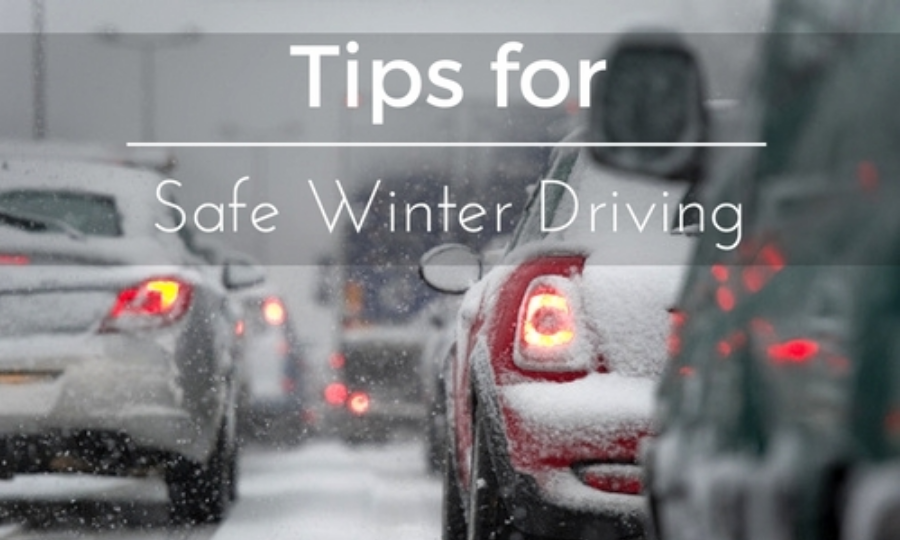Winter is fast approaching, and for those who live in areas that see snow, this means a more challenging time behind the wheel. Show, ice, and slush are involved in nearly 25 percent of all vehicle crashes. Conditions like these make it difficult for drivers to see, stop, and remain in total control of their vehicle – all of which are contributing factors to the high numbers of accidents annually.
Though it’s best to avoid driving when possible, if you must travel in winter conditions, preparing in advance can help keep you safe. The following are three key ways in which you can prepare for what mother nature might throw at you on the road this winter.
Prepare Your Vehicle
As the first snow of the year approaches, you should make sure your car is stocked with things like a winter driving survival kit which includes an ice scraper, snow shovel, can of deicing fluid and a gritting agent like salt or sand. With an emergency kit, you’ll be able to prepare your car for winter driving even if you aren’t home. Now is also the time to check your tires to ensure they’re in good condition, or to replace them with winter tires.
Make a habit of keeping at least half a tank of gas in your car at all times during the winter as well, so in the event that you do get stuck, you’ll be able to keep the car running to stay warm. Windshield wipers are one of the most neglected but most important parts of winter driving, so keep them in good shape to ensure you can see.
Watch the Weather
If you do need to travel while there is snow on the ground, always monitor road and weather conditions before you leave. A little bit of planning goes a long way, and while it may seem like an inconvenience at first, it’s much preferred to potentially being stuck in hazardous conditions.
If You Do Get Stuck
If you do venture out into the weather and run into problems, the most important thing to do is ensure your safety. If your car is out of traffic and not in danger, you should remain in the vehicle while you wait for assistance. To keep fuel consumption and the risk of carbon monoxide intrusion into the car as low as possible, run the car for 10 minutes each hour to stay warm – but make sure the tip of your exhaust isn’t covered by snow or ice.
Driving in severe winter conditions is not easy, and for the novice driver, can be downright dangerous. Keep your speeds down, don’t follow the car in front of you closely, and always wear your seatbelt. If your travel plans will take you out into remote areas with little or no cell phone coverage, consider telling people your route so if you’re late, first responders will be able to find you easily.





